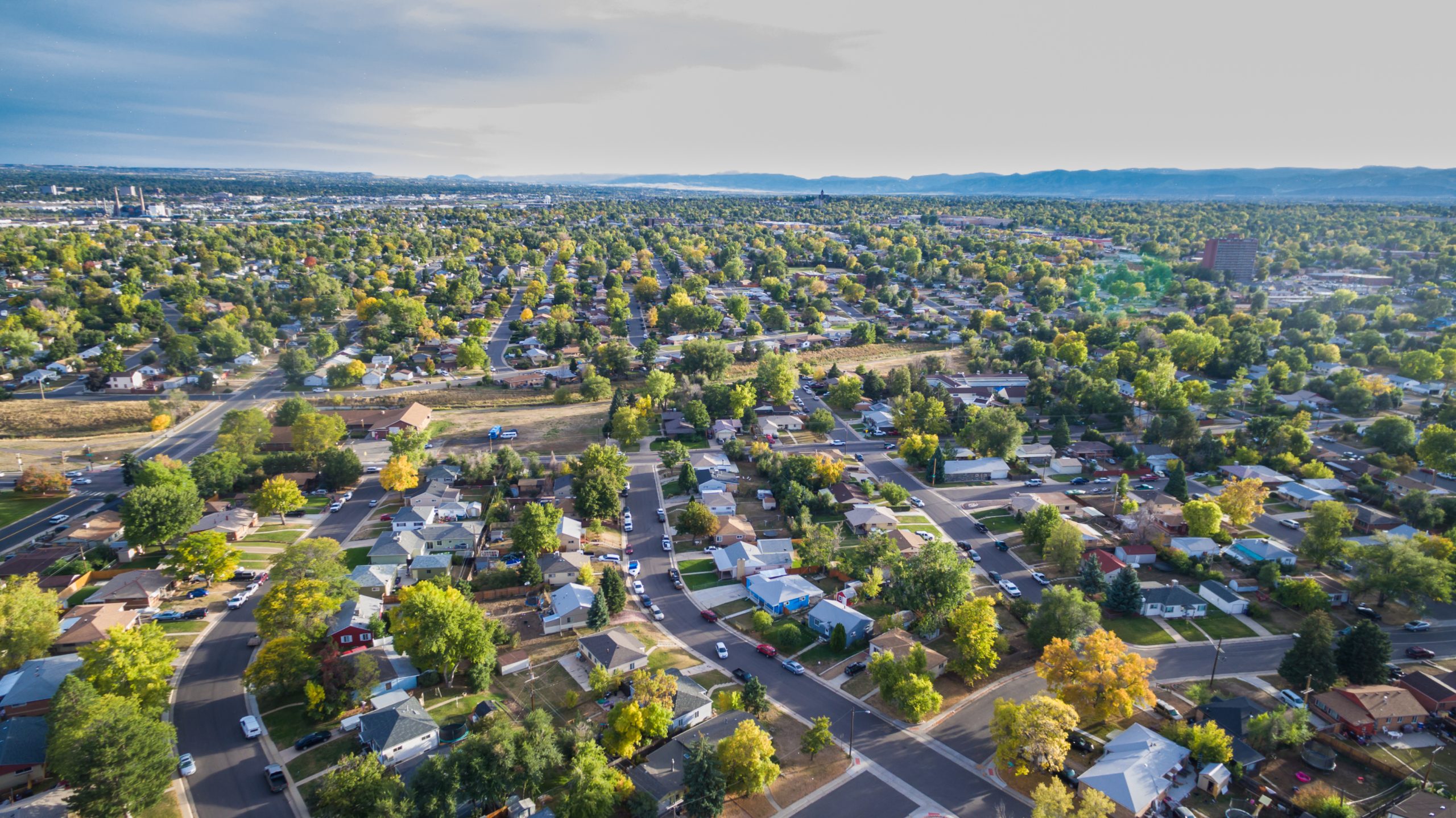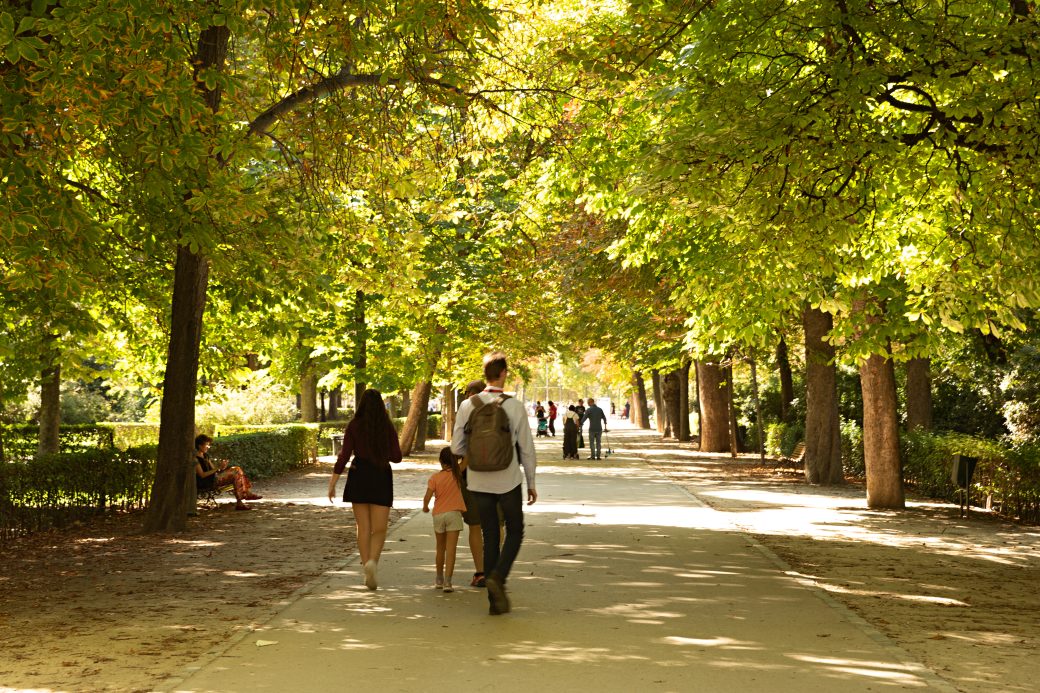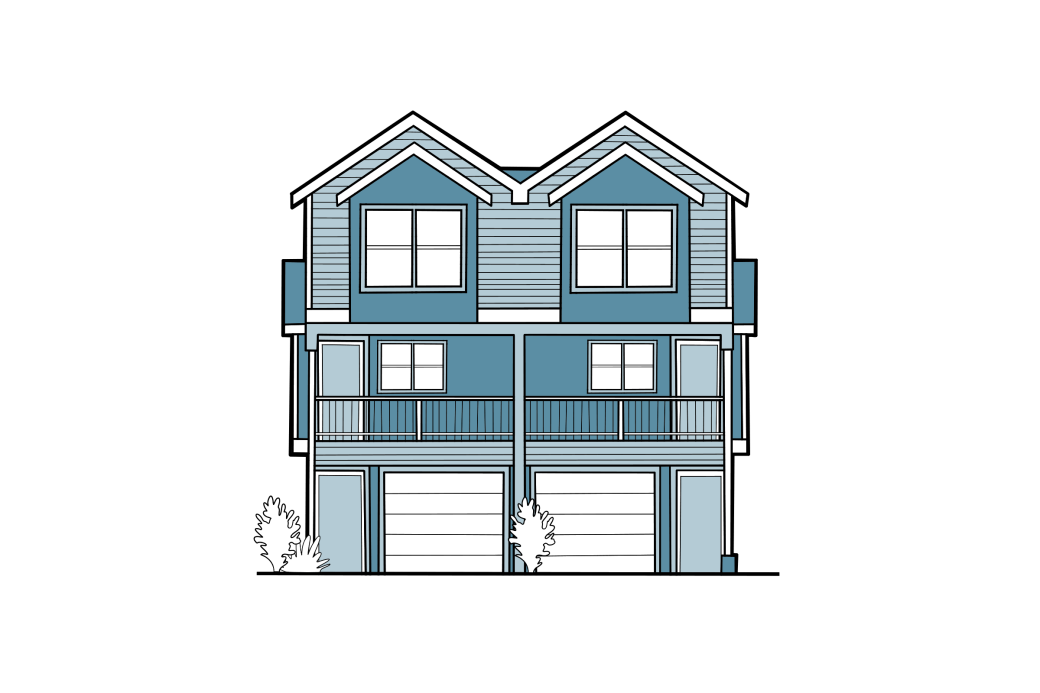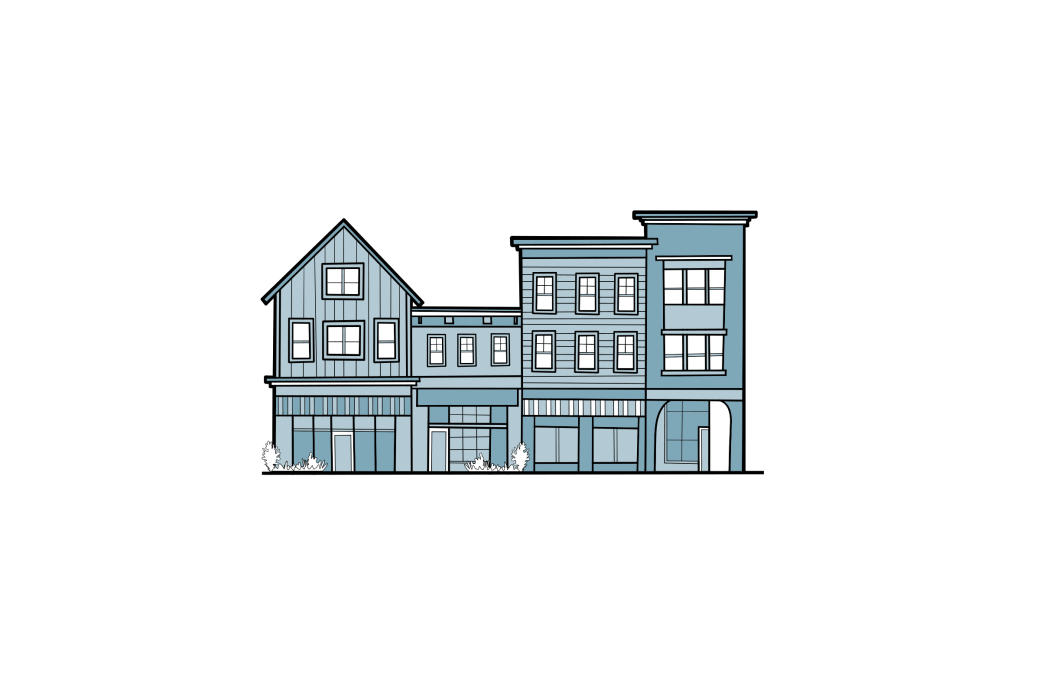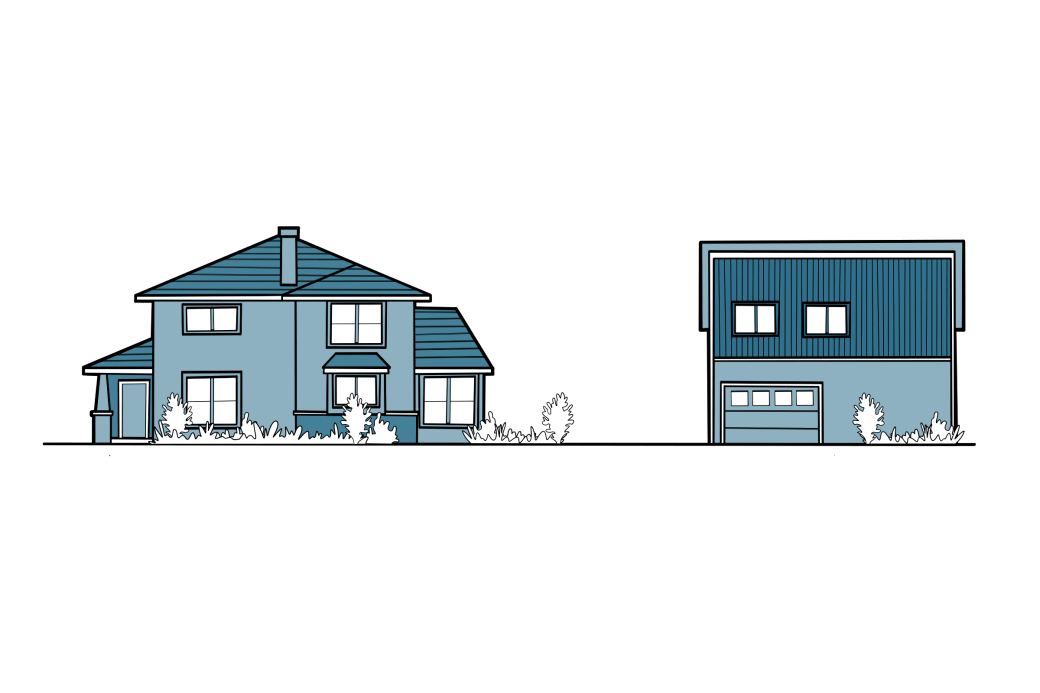LEVERAGING OPPORTUNITY
The development of these 25,000 homes is a doorway for the region to recalibrate a focus around creating perfect neighborhoods and redirect it towards incentivizing perfect neighbors. It’s a discussion that could reshape our economy.
The NEIR comprises 11 counties and is home to over 800,000 residents. Target markets identified to occupy the housing demand across the region include: nontraditional and traditional families, empty nesters and retirees, and young singles and couples. Naturally, the optimal home type for each of these markets varies; yet, the development of communities often defaults to models that meet the needs of only a select few.
A series of common housing challenges, coupled with social barriers across the region, make adopting an array of housing typologies to fit the needs and lifestyles of these groups complex. Ineffective regulations, rising development costs, inadequate availability of housing typologies, and limited financing options stand as constant deterrents to new housing types and development patterns. Adding to the equation are social factors including political barriers, chronic isolation, NIMBYism, and inequality that not only affect the health of individuals but also strain the healthcare system, leading to higher costs of living for everyone.
It is, however, an inescapable truth that there is a rapidly shifting understanding of what the American Dream represents. More and more people are opting to live outside the conventional detached suburban home in exchange for being part of a walkable, urban community with services and amenities that expand their perception of “home” to the larger community. Over the next five years, our willingness to address the burden of these challenges will define the effectiveness of our neighborhoods for the next fifty years. This presents a substantial opportunity to develop housing in a fashion that can progress ideas of what it means to belong to a neighborhood and to be an effective neighbor.

